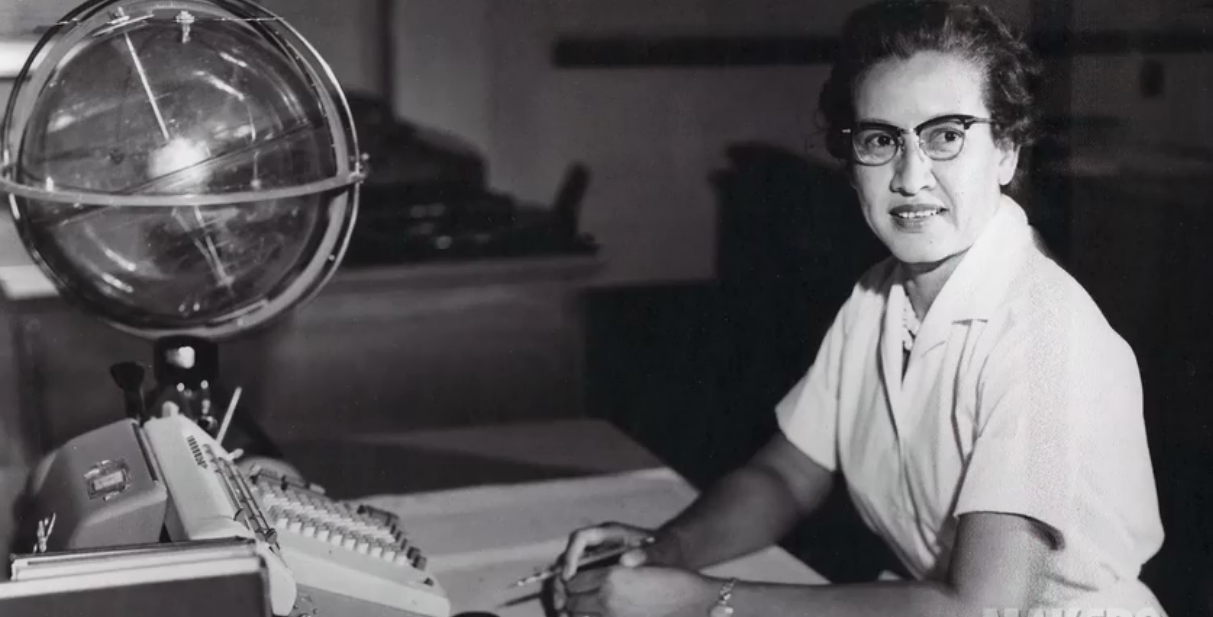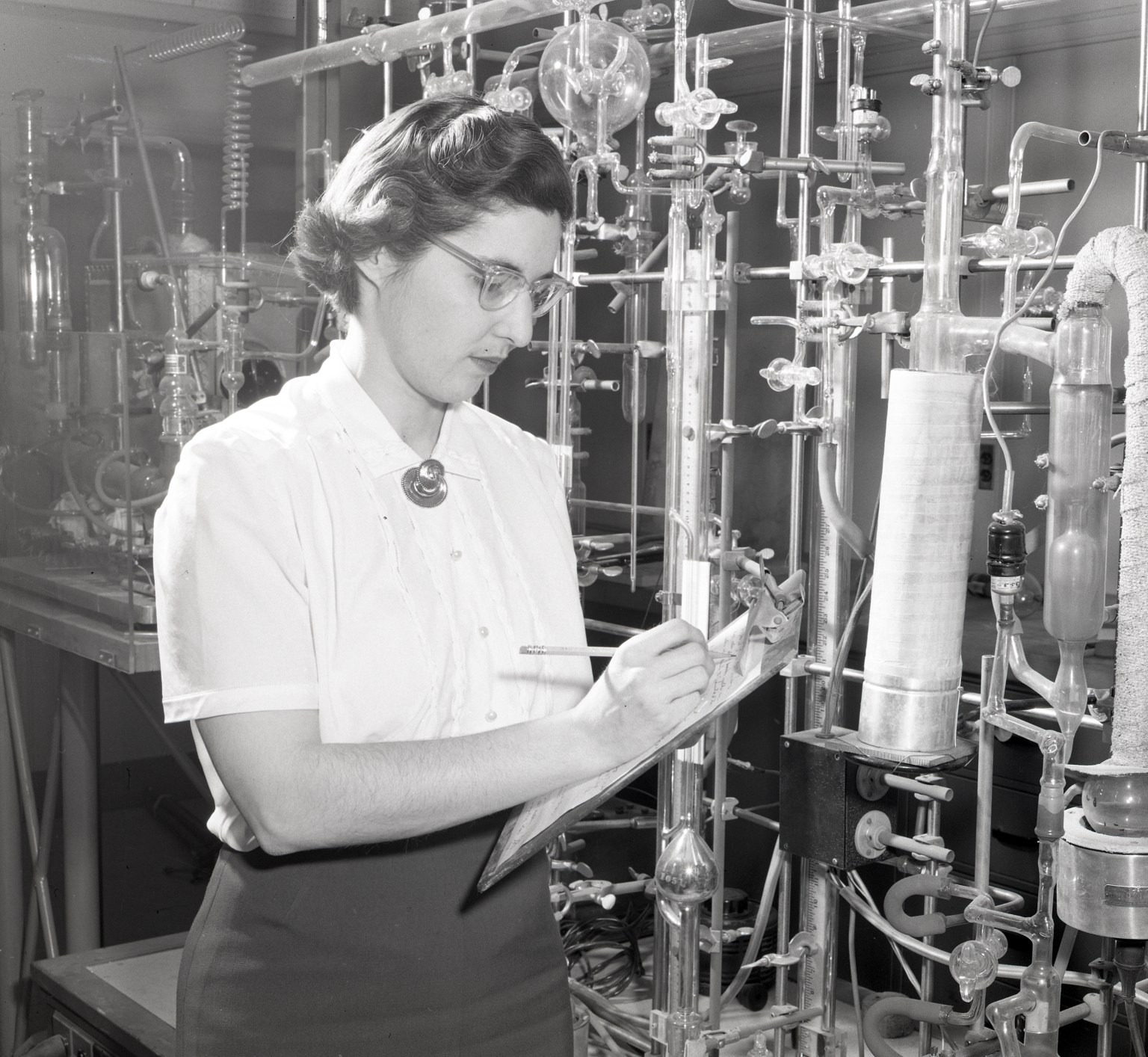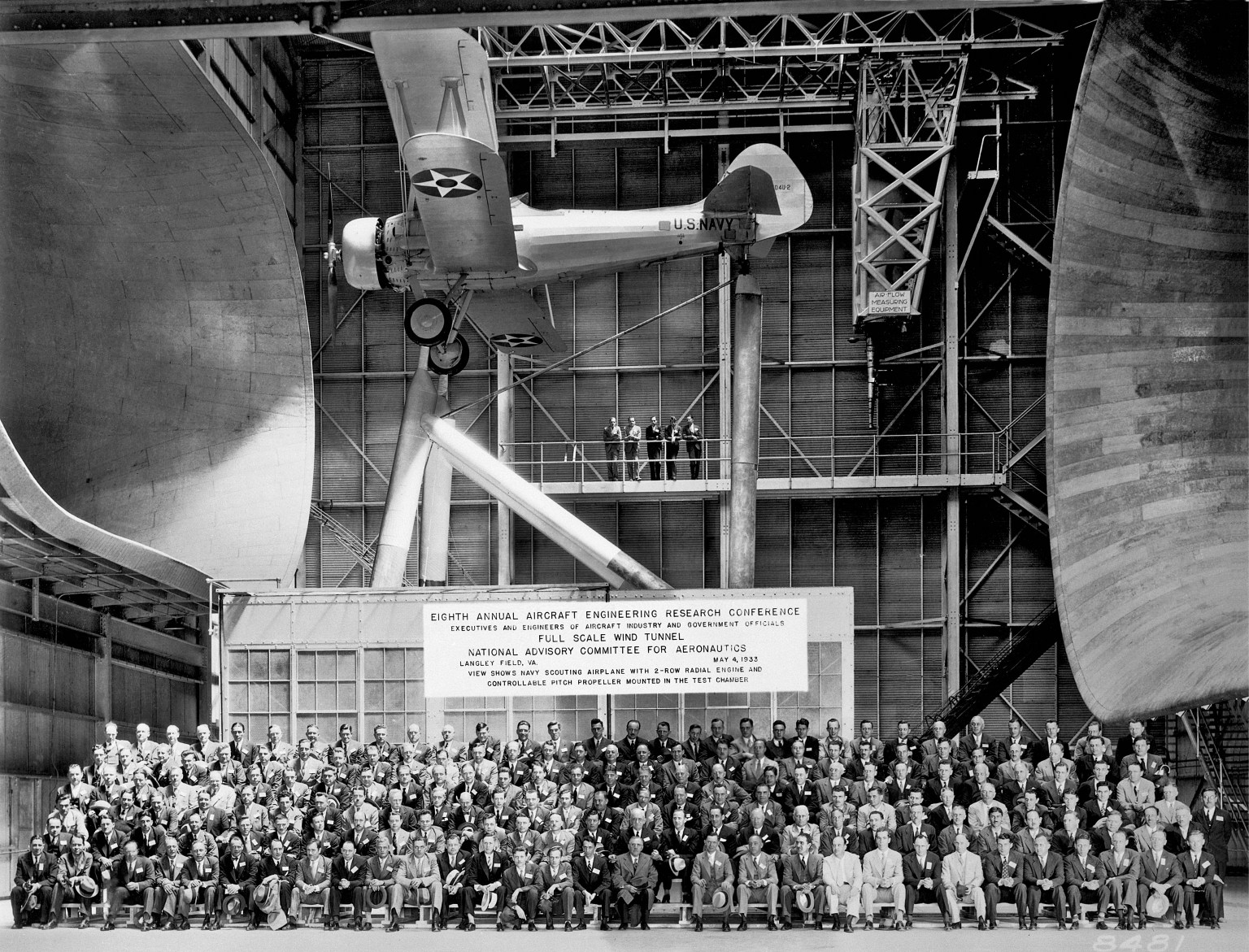
From her humble West Virginia roots to leading humankind to the Moon, the accomplishments of Katherine Johnson can be measured beyond the numerical problems she solved for NASA.
As we celebrate what would have been her 103rd birthday today, we reflect on the many barriers Johnson broke in the fields of STEM (science, technology, engineering and math) on her way to history.
Johnson did trajectory analysis for Alan Shepard’s Freedom 7 mission in May 1961, America’s first human spaceflight. At a time when digital computers were relatively new and untested, she famously checked the computer’s math for John Glenn’s historic first orbital spaceflight by an American in February 1962. She went on to do the calculations for the first actual Moon landing in 1969. Those are just three bullet points in a brilliant 33-year career that stretched from 1953 to 1986 with NASA Langley Research Center in Hampton, Virginia, and its predecessor agency, the National Advisory Committee for Aeronautics.
“We will always have STEM with us. Some things will drop out of the public eye and will go away, but there will always be science, engineering and technology. And there will always, always be mathematics. Everything is physics and math.”
– Katherine Johnson
Johnson often spoke to students about her own career and encouraged them to pursue STEM careers.
“We will always have STEM with us. Some things will drop out of the public eye and will go away, but there will always be science, engineering and technology,” she said to students at the NASA Trailblazers and Legends STEM Conference in Cape Canaveral, Florida in 2010. “And there will always, always be mathematics. Everything is physics and math.”
At a time when racial segregation was prevalent throughout the southern United States, Johnson and fellow NASA luminaries and Langley African-American mathematicians Dorothy Vaughan and Mary Jackson – who was later promoted to engineer – broke through racial barriers to achieve success in their careers at NASA, They also helped pave the way for the diversity that currently extends across all levels of the agency’s workforce and leadership.
Johnson, along with Jackson and Vaughan, were featured in the best-selling 2016 book “Hidden Figures: The Story of the African-American Women Who Helped Win the Space Race” by Margot Lee Shetterly, which became a hit movie of the same name in 2017.
Johnson’s trailblazing path to the stars led to the way for all people to progress and thrive at NASA and beyond.
Johnson was born on Aug. 26, 1918 in White Sulphur Springs, West Virginia, and died on Feb. 24, 2020. She was 101 years old.































